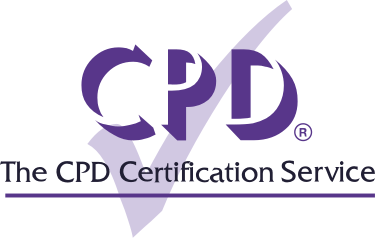In business terms, kaizen is an approach to continuously improve an organisation based on making small, positive ongoing changes that, over time, lead to significant improvements. This CPD article will outline how kaizen can be implemented, as well as some of the key benefits and principles of applying a kaizen methodology to your organisation.
What does kaizen mean?
Kaizen is a Japanese phrase that roughly translates to “change for the better.” This loose translation offers a little more insight into what the term means:
kai = making change
zen = a way or path
This concept was first introduced in the post-WWII era in Japan when the country was rapidly rebuilding. It was used to increase efficiencies, improve productivity, reduce waste and encourage innovation within the manufacturing sector but has since been used across a wide range of industries, from logistics to healthcare.
How is kaizen implemented?
The fundamental difference between a traditional approach to improvement and kaizen is that with kaizen, all workers are empowered to find ways to improve the organisation. This is in complete contrast to a top-down approach whereby a small number of senior managers are responsible for feeding strategies for improvement down through the business.
In any organisational setting, the successful implementation of kaizen hinges on universal support and contribution across an entire organization. Kaizen is closely associated with other lean methodologies and principles but fundamentally differs from tactics like Six Sigma which focuses on quality control of the final product. Kaizen is for improving the whole business.
The core kaizen principles
The definitive ‘core principles’ of kaizen vary depending on which sources you take from. Broadly speaking, there are five main principles in kaizen:
1. Understand the customer
Key to making ongoing positive changes is understanding exactly what your customer wants. Then it is a case of working out how their experience can be improved based on what it is they value most.
2. Eliminating waste is a company-wide goal
Zero waste should be a focus for everyone in the business. Ensuring that every individual seeks to spot where waste happens and seeks to reduce it at all times is a key aspect of the kaizen philosophy.
3. Observe actual work
This refers to actually seeing how work is done to find ways to make improvements. It’s a technique whereby you follow the end-to-end workflow to find where the value is created and apply kaizen principles wherever that is.















